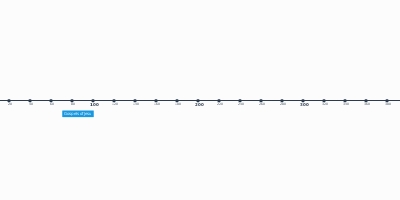Reign of Charles V, Holy Roman Emperor (may 19, 1519 – mar 22, 1556)
Description:
he is often referred to as the first king of Spain.[3][b] The personal union under Charles of the Holy Roman Empire with the Spanish Empire was the closest Europe has come to a universal monarchy[4] since the time of Charlemagne in the 9th century.Because of widespread fears that his vast inheritance would lead to the realisation of a universal monarchy and that he was trying to create a European hegemony, Charles was the object of hostility from many enemies.[5] His reign was dominated by war, particularly by three major simultaneous prolonged conflicts: the Italian Wars with France, the struggle to halt the Turkish advance into Europe, and the conflict with the German princes resulting from the Protestant Reformation.[6] The French wars, mainly fought in Italy, lasted for most of his reign. Enormously expensive, they led to the development of the first modern professional army in Europe, the Tercios.
The struggle with the Ottoman Empire was fought in Hungary and the Mediterranean. The Turkish advance was halted at the Siege of Vienna in 1529, and a lengthy war of attrition, conducted on Charles' behalf by his younger brother Ferdinand (King of Hungary and archduke of Austria), continued for the rest of Charles's reign. In the Mediterranean, although there were some successes, he was unable to prevent the Ottomans' increasing naval dominance and the piratical activity of the Barbary pirates. Charles opposed the Reformation, and in Germany he was in conflict with Protestant nobles who were motivated by both religious and political opposition to him. He could not prevent the spread of Protestantism and was ultimately forced to concede the Peace of Augsburg of 1555, which divided Germany along denominational lines.
While Charles did not typically concern himself with rebellions, he was quick to put down three particularly dangerous rebellions; the Revolt of the Comuneros in Castile, the revolt of the Arumer Zwarte Hoop in Frisia, and, later in his reign, the Revolt of Ghent (1539). Once the rebellions were quelled the essential Castilian and Burgundian territories remained mostly loyal to Charles throughout his rule.
Charles's Spanish dominions were the chief source of his power and wealth, and they became increasingly important as his reign progressed. In the Americas, Charles sanctioned the conquest by Castilian conquistadores of the Aztec and Inca empires. Castilian control was extended across much of South and Central America. The resulting vast expansion of territory and the flows of South American silver to Castile had profound long term effects on Spain.
Charles was only 56 when he abdicated, but after 40 years of active rule he was physically exhausted and sought the peace of a monastery, where he died at the age of 58. The Holy Roman Empire passed to his younger brother Ferdinand, archduke of Austria, while the Spanish Empire, including the possessions in the Netherlands and Italy, was inherited by Charles's son Philip II of Spain. The two empires would remain allies until the 18th century (when the Spanish branch of the House of Habsburg became extinct).
Added to timeline:
Date:
may 19, 1519
mar 22, 1556
~ 36 years
